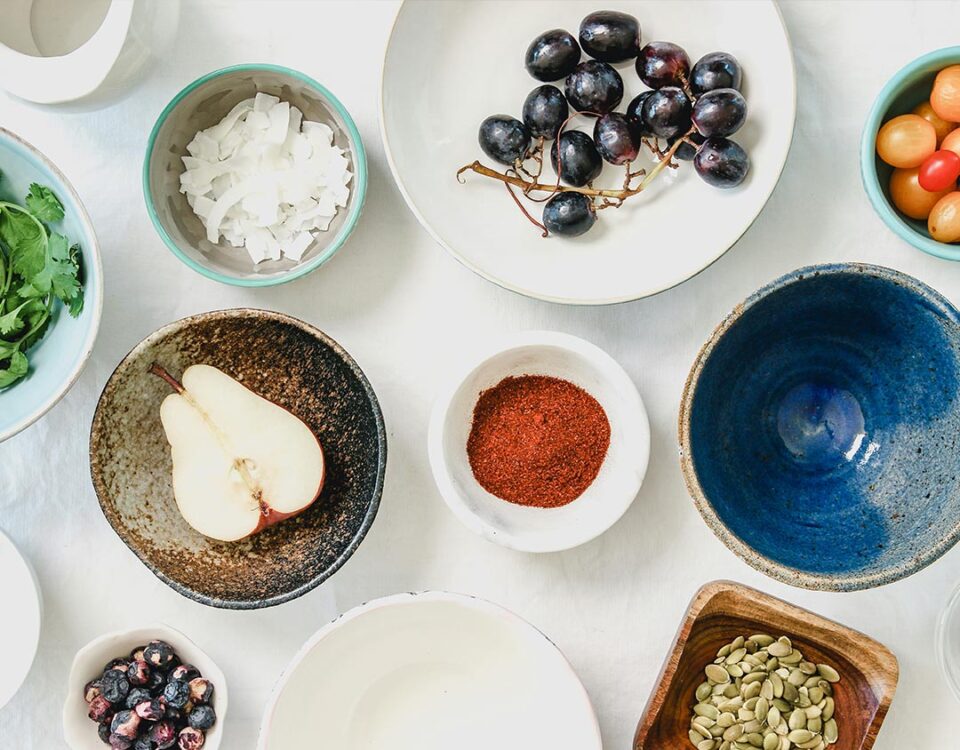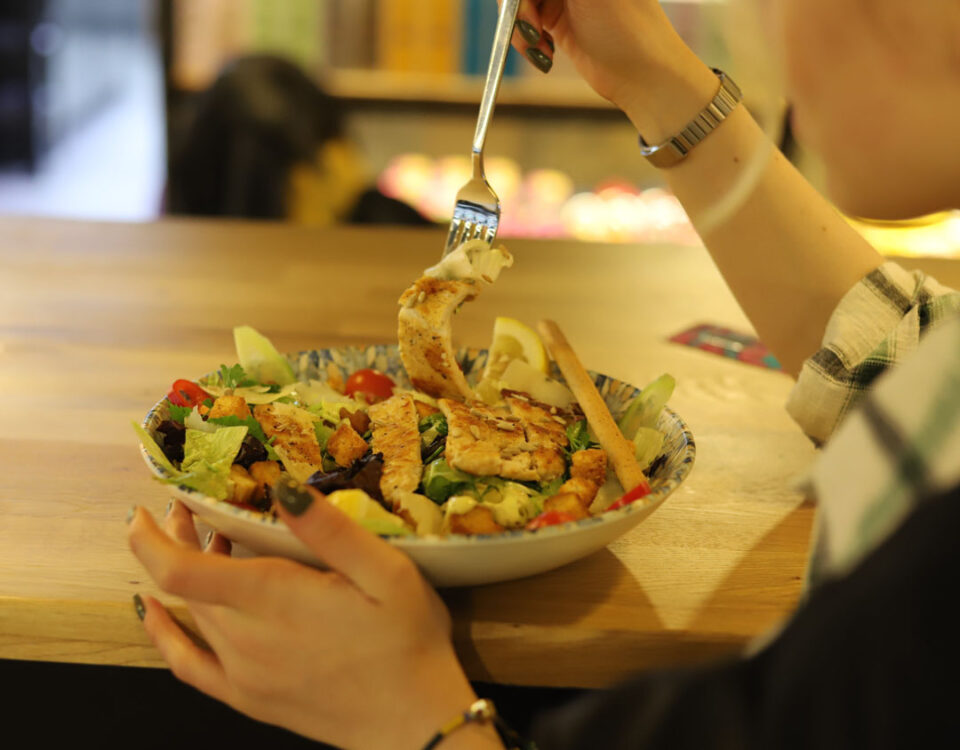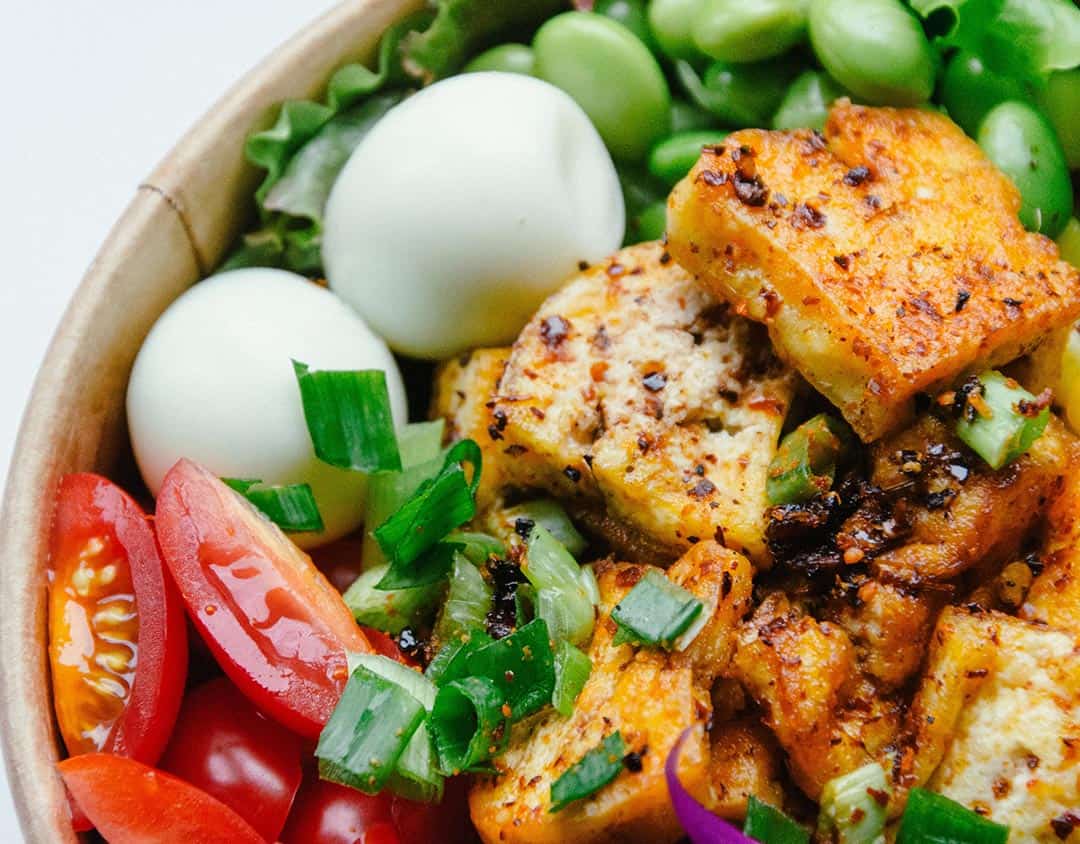
All About Protein
July 1, 2020
Types of Hunger
July 19, 2020A nutritious twist on “the taste of paradise” – delicious, creamy coconut bars covered with a thin layer of chocolate. This recipe is vegan-friendly and tastes so much better than store-bought!
T here are two ways you can cover the bars with chocolate. The first way is to form the bars with your hands and put them in the freezer until firm. In the meantime, melt the chocolate. Take the frozen bars out of the freezer, dip every piece into the melted chocolate and then place the chocolate covered bar on the parchment paper. Return to the freezer until the chocolate is firm.
The second method is more elaborate, but it makes the bars perfectly squared and evenly covered with chocolate. You will need a silicone bar mold: pour some melted chocolate into the mold, cover the base and walls of each mold with a thin layer of chocolate. Put in the freezer until the chocolate is firm. Next, fill each mold with coconut dough, freeze again. Pour more chocolate on top to completely cover the chocolate, freeze. Take out the bars from the silicone molds.
Regardless of whichever method you choose, it does not affect the taste at all!

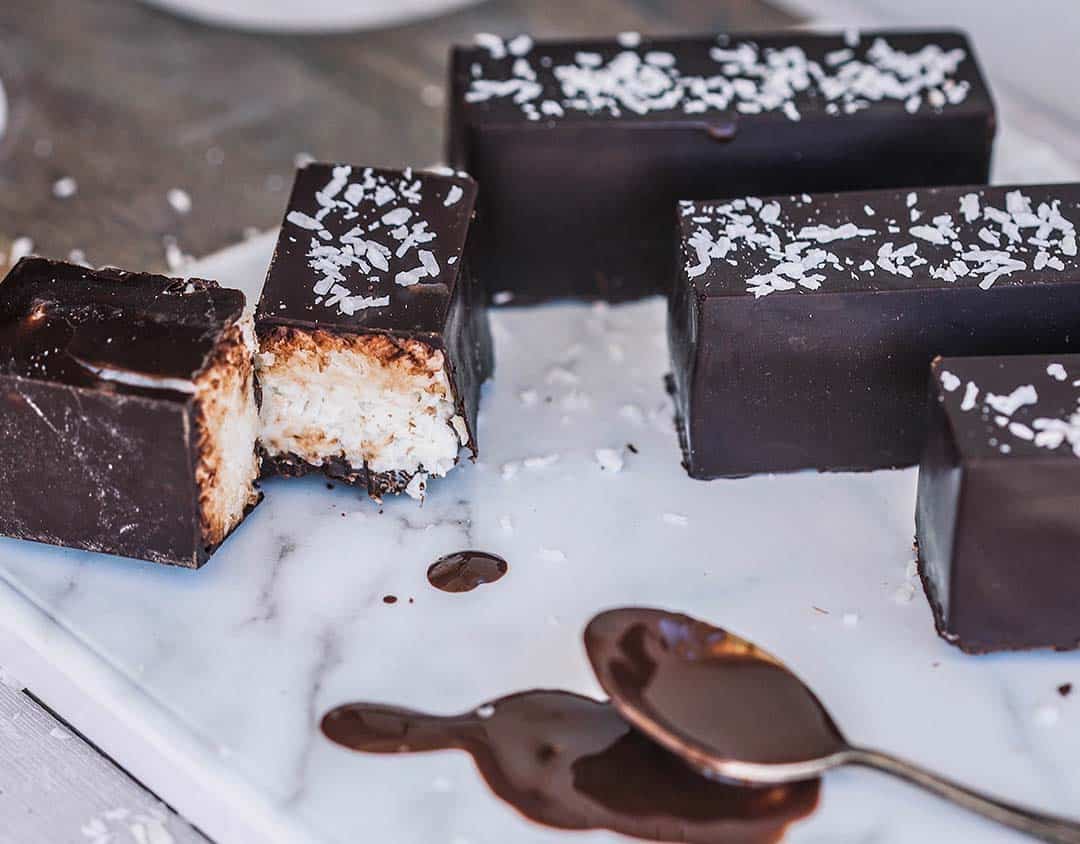
Homemade Bounty Bars
Ingredients
For bars
- ¾ cup coconut flakes (75g)
- ⅓ cup cup coconut cream (85g)*
- 1-2 Tbsp maple syrup**
For covering
- ¾ cup dark chocolate (75g)***
- 1 Tbsp coconut oil
Instructions
- Gradually add coconut cream to coconut flakes until you get a sticky dough that keeps its shape well (you might need an additional 1-2 Tbsp of coconut cream than written in the recipe to make it stick)
- Add the sweetener, mix well
- For the covering, melt the chocolate on a water bath, add coconut oil, stir
- Next, use one of the methods described above to form the bars and cover them with chocolate
- Put the bars into the freezer until the chocolate is firm and shiny
- Keep in the fridge until ready to enjoy!
Notes

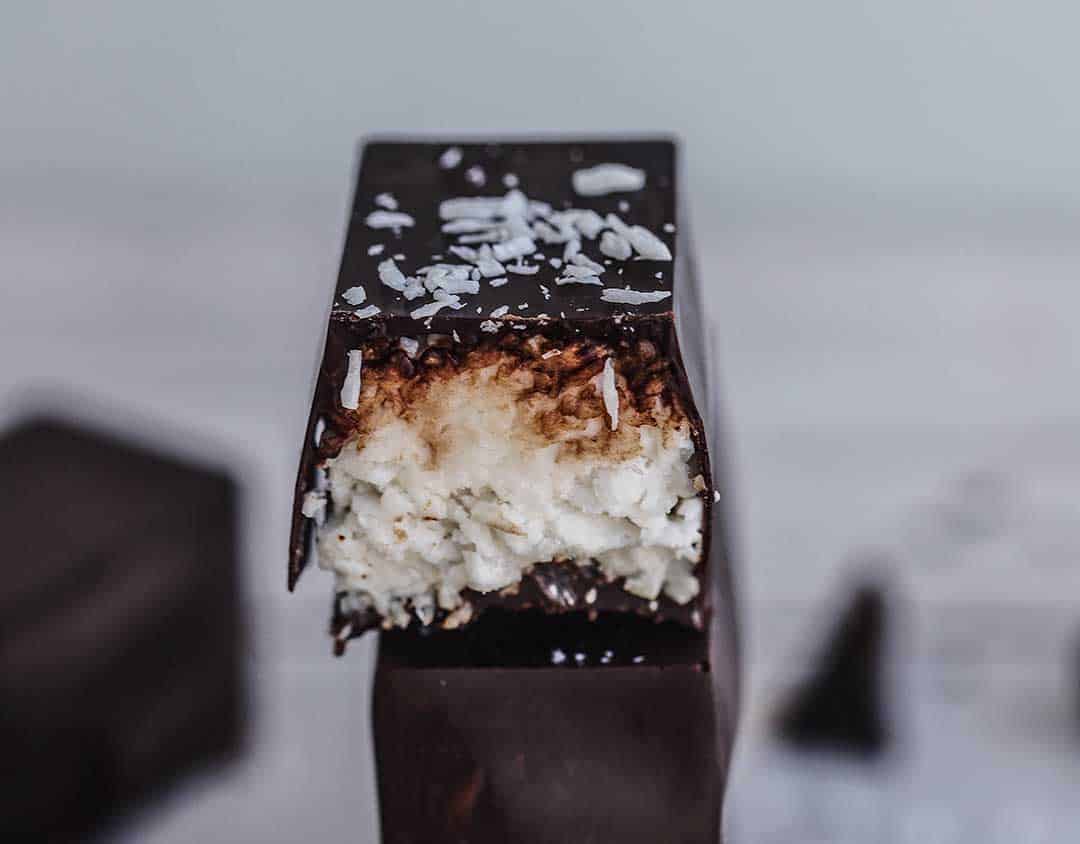
Did you know?
I am a big-time fan of desserts, but it is extremely important for me that the flavors and texture are balanced and the ingredients pair well together. That is why I love this recipe so much- right when the flavor of the chocolate comes out in your mouth, you can feel and taste the crunchy, slightly sweet coconut filling. The coconut-chocolate food pairing is well known and used in many desserts all over the world, no wonder Bounty Bars are called “The Taste of Paradise”.
Another unique feature of this recipe is that it is highly nutritious. Coconut is a source of healthy fats, vitamins and minerals: A, B1, B9, C and copper. Lauric acid, which is rich in coconuts, has antimicrobial properties, which contribute to the antioxidant properties of coconut. Eating coconut meat also helps to regulate blood sugar and insulin levels as coconut is low in carbohydrates and contains fiber.
Adding a sprinkle of coconut to your smoothies, oatmeal or chia pudding not only gives a sweet flavor, but also provides your body with a variety of nutrients. Coconut milk is also lactose-free for anyone with a sensitivity or intolerance to it.
Written by Sofya Borisenko and Liz Powell, RD

